What is Dropshipping? : A Comprehensive Guide
In the dynamic world of e-commerce, dropshipping has emerged as a popular business model that allows entrepreneurs to start their own online stores with minimal upfront investment. Dropshipping offers an enticing proposition: the opportunity to sell products to customers without ever physically handling inventory or dealing with the hassles of traditional retail. If you're curious about what dropshipping is, how it works, and whether it's a viable business venture, you've come to the right place. In this comprehensive guide, we'll delve deep into the world of dropshipping, exploring its fundamentals, advantages, challenges, and key strategies for success.
Understanding Dropshipping
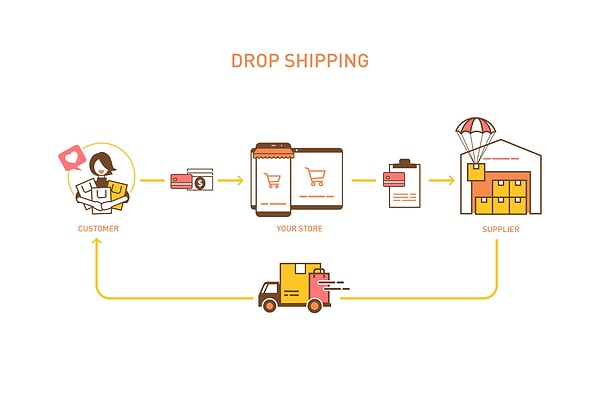
To grasp the concept of dropshipping, it's crucial to start with the basics. At its core, dropshipping is a retail fulfillment method where a store doesn't keep the products it sells in stock. Instead, when a store sells a product, it purchases the item from a third party and has it shipped directly to the customer. This means that the merchant (you) never sees or handles the product. Your role as a dropshipper is to market and sell products, while the supplier takes care of inventory, storage, and shipping.
How Does Dropshipping Work?
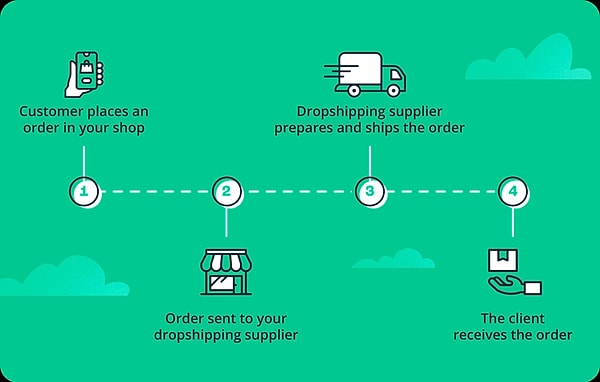
Now that we have a fundamental understanding of dropshipping, let's dive into the operational aspects. The dropshipping process typically follows these steps:
Select Your Niche: The first step is to identify a niche or market segment for your online store. Your niche should align with your interests, expertise, and target audience's needs.
Research Suppliers: Find reliable suppliers or wholesalers who offer dropshipping services. This often involves establishing partnerships with wholesalers or connecting with suppliers through dropshipping platforms like AliExpress, SaleHoo, or Worldwide Brands.
Set Up Your Online Store: Create an e-commerce website or use platforms like Shopify, WooCommerce, or BigCommerce to build your online store. Customize your store's design, add product listings, and configure payment and shipping options.
Select Products to Sell: Choose the products you want to offer in your store. Ensure that your product selection aligns with your niche and target market.
Import Product Listings: Use your chosen e-commerce platform to import product listings from your suppliers. This usually involves adding product images, descriptions, and prices.
Price Your Products: Determine your pricing strategy, taking into account product costs, shipping fees, and desired profit margins.
Market Your Store: Implement marketing strategies to attract potential customers to your online store. This can include social media marketing, search engine optimization (SEO), pay-per-click advertising, and content marketing.
Receive Orders: When customers place orders on your website, you'll forward these orders to your supplier for fulfillment. Your supplier will then pack and ship the products directly to the customers.
Customer Support: Provide excellent customer service, including addressing inquiries, resolving issues, and processing returns or refunds when necessary.
Analyze and Optimize: Continuously monitor your store's performance, analyze sales data, and optimize your product offerings and marketing strategies to improve profitability.
Advantages of Dropshipping
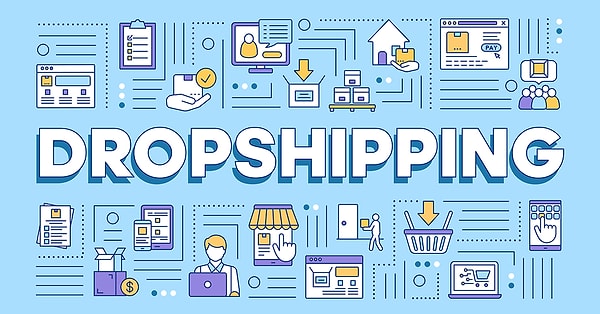
Now that you know how dropshipping works, let's explore some of its key advantages:
Low Startup Costs: One of the most significant advantages of dropshipping is its low barrier to entry. You don't need to invest heavily in inventory or warehouse space, making it an accessible option for aspiring entrepreneurs.
Flexibility: Dropshipping offers flexibility in terms of product selection. You can easily test and add new products to your store without the risk of holding unsold inventory.
Location Independence: Since you don't handle physical products, you can run your dropshipping business from anywhere with an internet connection. This opens up opportunities for remote work and international markets.
Scalability: As your business grows, you can scale your dropshipping operations by adding more products, expanding into new markets, or optimizing your marketing strategies.
Reduced Overhead: Without the costs associated with warehousing and inventory management, your overhead expenses remain low, allowing you to allocate resources to other aspects of your business.
Wide Product Range: Dropshipping enables you to offer a diverse range of products in your store, catering to various customer preferences.
Challenges of Dropshipping
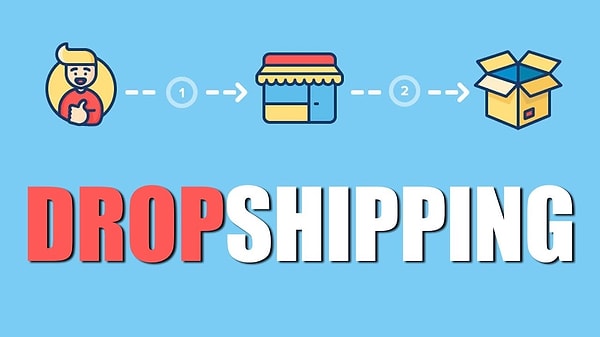
While dropshipping offers numerous advantages, it's not without its challenges:
Competitive Market: Dropshipping is popular, leading to intense competition. Finding unique products and differentiating your store can be challenging.
Supplier Reliability: The success of your dropshipping business depends on your suppliers. If they experience inventory issues or shipping delays, it can impact your reputation and customer satisfaction.
Thin Profit Margins: Due to pricing pressures, dropshippers often face thin profit margins. Achieving profitability may require effective pricing strategies and cost control.
Quality Control: You have limited control over product quality and shipping times. Ensuring a consistent and positive customer experience can be challenging.
Shipping Complexities: Managing shipping logistics, especially for international orders, can be complex. Issues like customs, duties, and shipping times may arise.
Strategies for Dropshipping Success
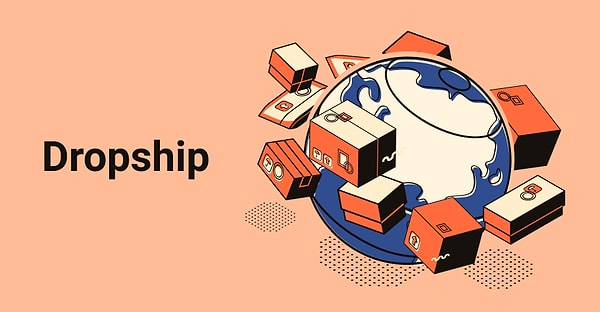
To thrive in the competitive world of dropshipping, consider implementing these strategies:
Niche Selection: Choose a niche that aligns with your expertise and has a target audience with unmet needs.
Supplier Research: Carefully vet suppliers for reliability, product quality, and shipping times.
Effective Marketing: Invest in effective marketing channels, such as social media advertising and SEO, to drive traffic to your store.
Customer Service: Provide excellent customer service to build trust and encourage repeat business.
Monitor Performance: Continuously analyze data and metrics to identify opportunities for improvement.
Diversify Products: Expand your product range strategically to cater to different customer segments.
Is Dropshipping Right for You?
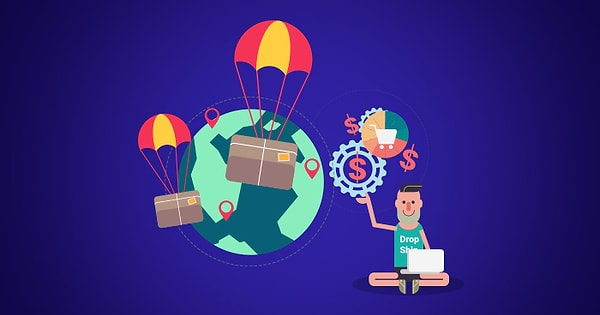
Before diving into dropshipping, assess whether it aligns with your goals and expectations. Consider factors like your budget, time commitment, and willingness to adapt to the challenges of the industry. While dropshipping offers unique advantages, it's essential to approach it with a clear strategy and realistic expectations.
Keşfet ile ziyaret ettiğin tüm kategorileri tek akışta gör!


Send Comment